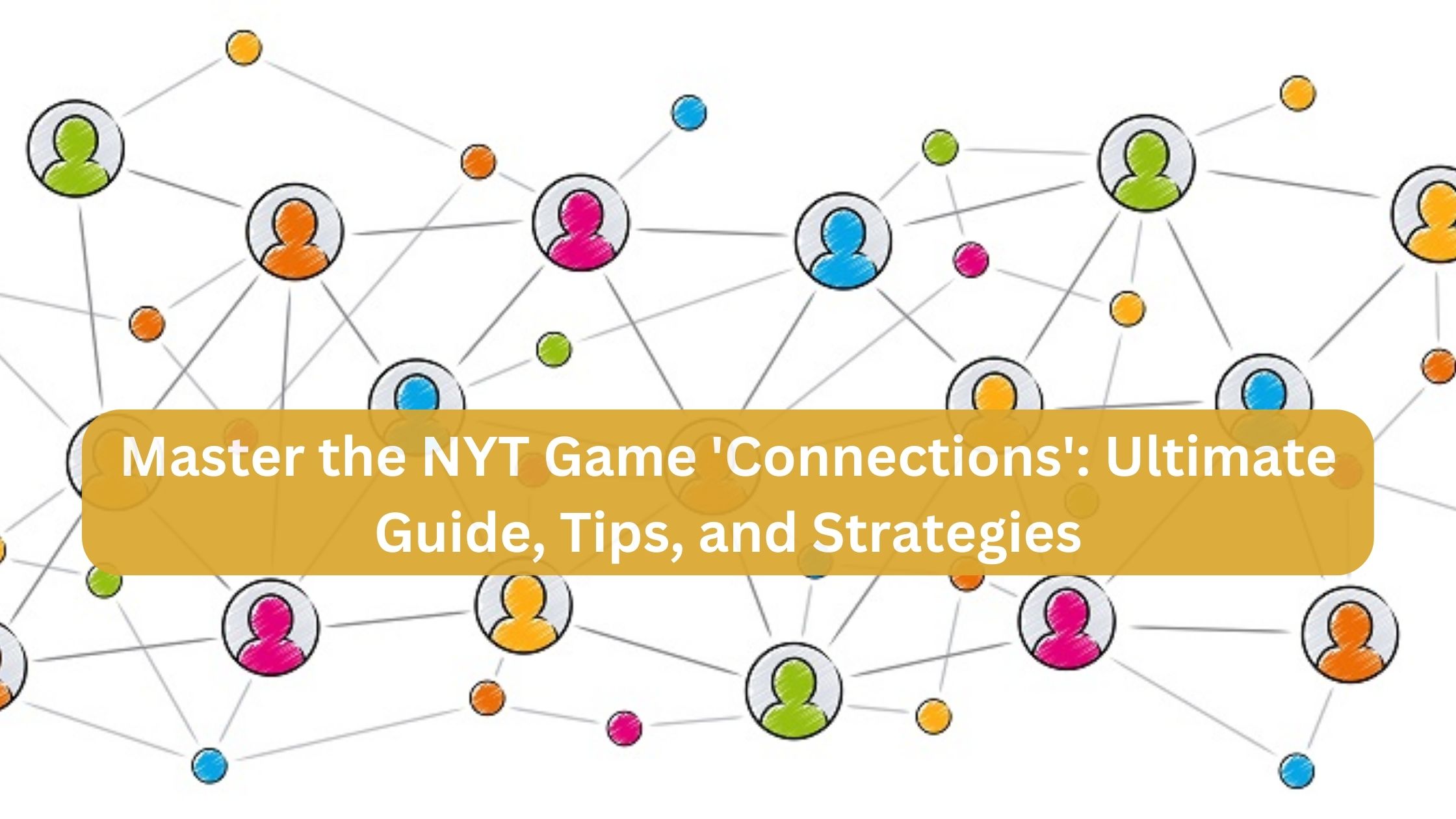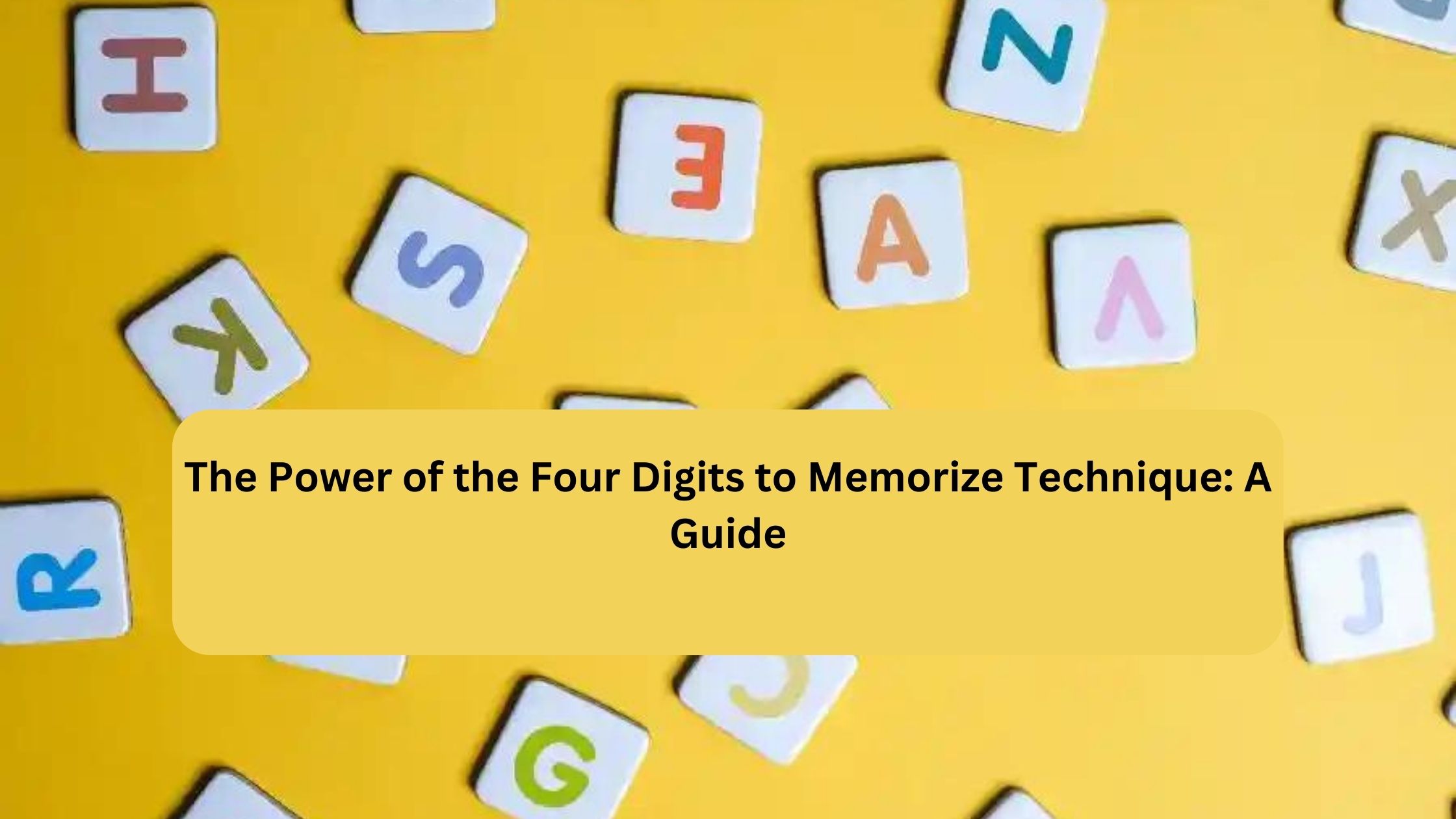“Connections” is a word-based puzzle game available on the New York Times Games app. The game challenges players to find relationships between groups of words. It requires not only a strong vocabulary but also the ability to think critically about how words and concepts are related.
The goal is to identify groups of four words that share a common connection, sorting them into categories. Each puzzle has a specific theme, and the connections can range from straightforward to highly abstract.
2. How to Play “Connections”
Step-by-Step Instructions
- Open the Game: Access the NYT Games app and select “Connections” from the list of available puzzles.
- View the Words: You’ll see a grid of 16 words. Your task is to group these words into four categories, with each category containing four words.
- Select Words: Click on four words that you believe share a connection. If you’re correct, the words will be grouped together, and you’ll move on to find the next set.
- Complete the Puzzle: Continue identifying connections until all words are grouped into four categories.
Example Puzzle
Imagine you have the following 16 words: Apple, Banana, Carrot, Lettuce, Dog, Cat, Bird, Fish, Rock, Paper, Scissors, Lizard, Red, Blue, Green, Yellow.
- Connection 1: Fruits – Apple, Banana, Carrot, Lettuce
- Connection 2: Animals – Dog, Cat, Bird, Fish
- Connection 3: Game – Rock, Paper, Scissors, Lizard
- Connection 4: Colors – Red, Blue, Green, Yellow
3. Understanding the Rules
The rules of “Connections” are simple but essential for mastering the game:
- Four Categories: You must group the words into four distinct categories, each containing four words.
- Limited Attempts: You have a limited number of attempts to correctly group all the words. If you use too many incorrect guesses, you’ll lose the game.
- No Hints: The game does not provide hints, so you must rely on your knowledge and reasoning skills.
Also Read: HQFlix: Free, Ad-Free TV Show Streaming Guide 2024
4. Strategies for Success
1. Look for Obvious Connections First
Start by identifying any obvious connections. For instance, if you see several colors or types of fruit, group them first. This will reduce the number of words and make it easier to spot the remaining connections.
2. Think Outside the Box
Some connections may not be immediately obvious. For example, words might be connected by a less common attribute, like all being related to a specific movie or historical event.
3. Use Process of Elimination
If you’re unsure about a connection, use process of elimination to narrow down your options. Group words that clearly don’t fit with others to help identify the correct categories.
4. Practice Regularly
Like any puzzle game, practice makes perfect. The more you play “Connections,” the better you’ll become at spotting patterns and connections quickly.
5. Common Mistakes and How to Avoid Them
1. Overthinking Connections
Sometimes, the connections are simpler than they appear. Avoid overcomplicating things by looking for straightforward relationships first.
2. Rushing Through the Puzzle
Take your time to think through each potential connection. Rushing can lead to mistakes and missed opportunities to spot the correct groupings.
3. Ignoring Unusual Connections
Don’t disregard connections that seem unusual or less obvious. The game often includes tricky or creative groupings that require out-of-the-box thinking.
6. Benefits of Playing “Connections”
Playing “Connections” offers several cognitive benefits:
- Improves Vocabulary: The game introduces players to a wide range of words and their meanings.
- Enhances Critical Thinking: Identifying connections between seemingly unrelated words sharpens your analytical skills.
- Boosts Memory: Remembering word associations helps improve memory retention over time.
- Reduces Stress: Like many puzzle games, “Connections” can be a relaxing way to unwind and focus your mind.
7. The Role of Word Associations in the Game
Word associations are at the heart of “Connections.” To succeed, players must think about how words relate to each other, whether through meaning, context, or usage. Understanding word associations can help you quickly identify potential groupings and improve your overall performance in the game.
Example of Word Associations
Consider the words “Rose,” “Thorn,” “Petal,” “Stem.” These words are associated with a flower, specifically a rose. Recognizing such associations is key to mastering “Connections.”
Read More: Katerina Goltzwart A Deep Dive into Her Art, Science, and Inspirations
8. Advanced Techniques for Expert Players
For those who have mastered the basics of “Connections,” here are some advanced techniques to elevate your game:
1. Study Common Themes
Familiarize yourself with common themes used in the game, such as colors, animals, foods, and movies. This knowledge will help you spot connections faster.
2. Analyze Word Relationships
Go beyond surface-level connections and consider deeper relationships. For example, think about synonyms, antonyms, or words that are often used together in phrases or idioms.
3. Challenge Yourself with Harder Puzzles
As you become more skilled, challenge yourself with more difficult puzzles that require complex connections. This will improve your cognitive flexibility and problem-solving skills.
9. FAQs About “Connections”
Q1: How often are new puzzles added to “Connections”?
A1: New puzzles are typically added daily in the NYT Games app, providing fresh challenges for players every day.
Q2: Can I play “Connections” offline?
A2: Yes, once you’ve downloaded the puzzle for the day, you can play “Connections” offline without needing an internet connection.
Q3: What happens if I can’t solve a puzzle?
A3: If you can’t solve a puzzle, you can either try again later or use the “Reveal” option in the app to see the correct answers.
Q4: Is there a time limit for solving puzzles in “Connections”?
A4: No, there is no time limit. You can take as long as you need to solve the puzzle.
Q5: Are there different difficulty levels in “Connections”?
A5: Yes, puzzles can range from easy to difficult, with some requiring more abstract thinking and others being more straightforward.
Also Read: Sk8bae69: Discover the Top Online Community for Skateboarding Fans
10. Conclusion: Enhancing Your Puzzle-Solving Skills
“Connections” is more than just a game; it’s a tool for enhancing your cognitive abilities and enjoying some mental exercise. Whether you’re a beginner or an expert, there’s always room to improve your skills and enjoy the challenge of finding hidden connections.
By practicing regularly, thinking creatively, and applying the strategies outlined in this guide, you can become a master of the NYT Game “Connections.” Happy puzzling!



